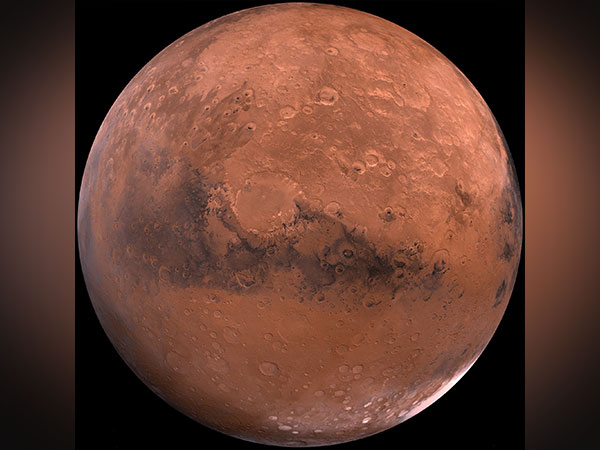Water was plentiful in Mars’ Gale Crater for longer than previously thought

An international team of researchers has found signs that water was abundant in Mars’ Gale crater long after the planet was thought to have become dry and inhospitable. The findings, based on data and images from NASA's Curiosity rover, may revolutionize our understanding of the Red Planet's changing climate and its potential to have harboured life.
The researchers, led by Imperial College London, found clues - deformed layers within a desert sandstone that, they argue, could only have been shaped by water. However, they are uncertain whether the water existed as a pressurised liquid, ice, or brine.
Mars is thought to have lost most of its surface water by the middle of the Hesperian period, about 3.7 to 3.0 billion years ago. However, these new findings suggest that water was still present, at least underground near the surface, well into the later stages of the Hesperian era.
Led by Dr Steven Banham, of Imperial College London's Department of Earth Science and Engineering, the team used the Curiosity rover's main scientific camera, called the Mastcam instrument, to collect pictures of Mount Sharp's (a 5.5 km-high mountain within Gale Crater) sediment layers to find fingerprints of how the rocks formed.
The researchers focused on rocks that were deposited in this now-sandy desert, and surprisingly they found structures within that indicated water.
"When sediments are moved by flowing water in rivers, or by the wind blowing, they leave characteristic structures which can act like fingerprints of the ancient processes that formed them," Dr Banham said.
As the rover ascended the mountain, it eventually reached a sandstone deposit draped over the Stimson formation - the preserved relic of a desert containing large sand dunes. Images collected by the rover revealed that the formation was deposited after Mount Sharp formed, during Mars' period of supposed drying. Additionally, a part of the formation, called the Feòrachas structure, contained features that had clearly been influenced by water.
Previously, desert sandstones like the Stimson formation were not considered prime targets in the search for Martian biosignatures. The presence of water-formed structures within these rocks suggests that such environments may, in fact, hold clues to past life on Mars.
"Determining whether Mars and other planets were once able to support life has been a major driving force for planetary research for more than half a century. Our findings reveal new avenues for exploration – shedding light on Mars’ potential to support life and highlighting where we should continue hunting for new clues," Dr Banham said.










